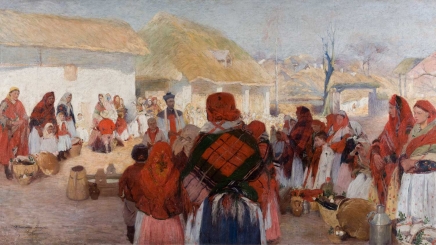Prof. dr hab. Andrzej Szczerski
Assistant: Katarzyna Kwinta
+48 12 433 56 20


